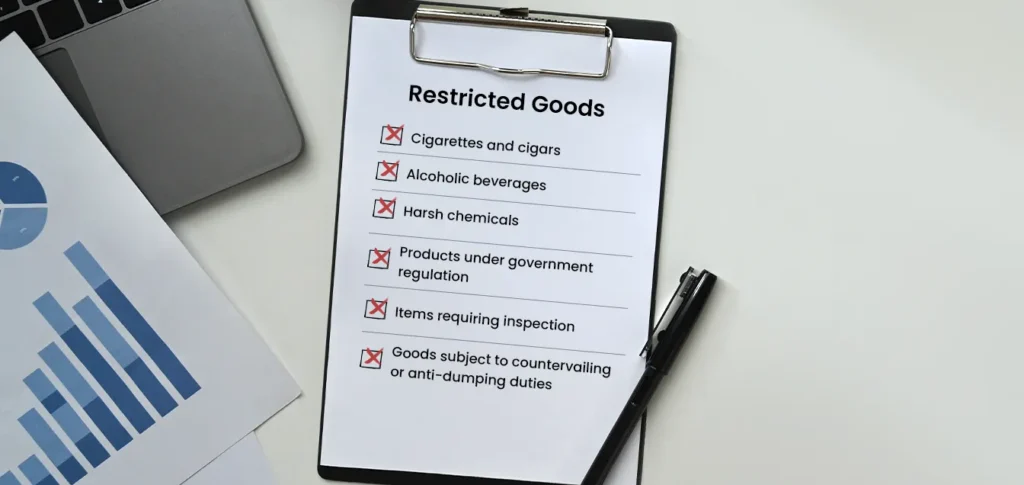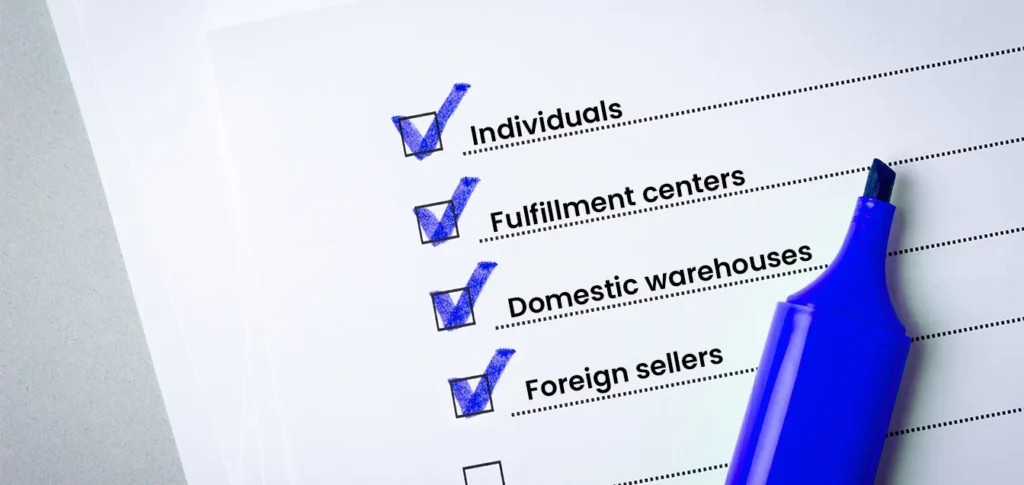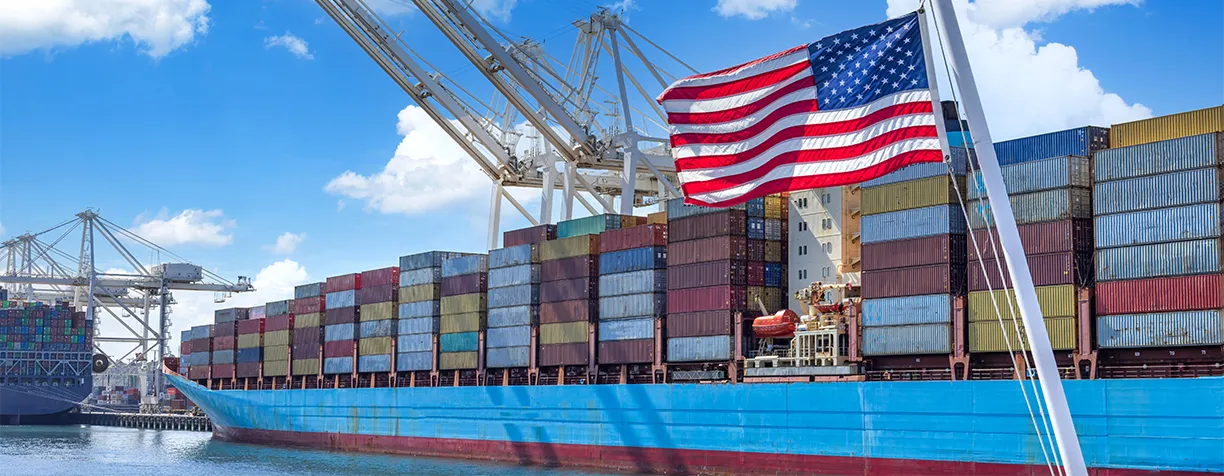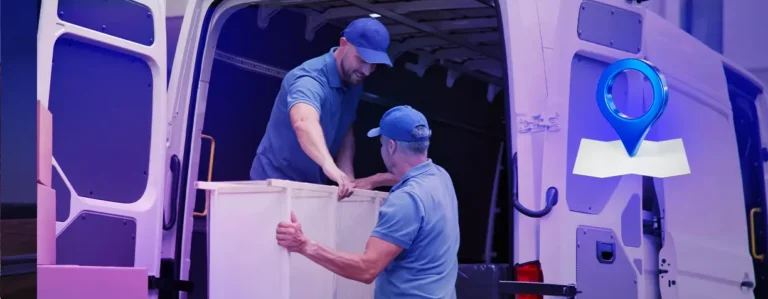Cross-border trade between Canada and the United States is a significant opportunity for businesses looking to expand their market reach. One provision that simplifies this process is Section 321. This blog will delve into what Section 321 Fulfillment is, how it benefits businesses, and practical tips for leveraging this provision to streamline your shipping operations.
Table of Contents
What is Section 321?
It is a program that allows U.S.-bound shipments valued at USD 800 or less to enter duty-free under the Trade Facilitation and Trade Enforcement Act. This de minimis value was raised from USD 200 to USD 800 in 2016, based on the fair retail value in the country of shipment. Here are some key points:
- Customs Forms: Not required for qualifying shipments.
- Limitations: Only one U.S.-bound daily import from a single shipper can qualify.
- Shipment Criteria: Applies based on the number of shipments from one shipper to one receiver on the same day, rather than the total value.
Quote: “Section 321 provides significant savings by allowing low-value shipments to enter the U.S. duty-free, making it a valuable tool for businesses.” – BorderConnect
Restricted Goods Under Section 321

While this program covers a wide range of products, some goods are restricted, including:
- Cigarettes and cigars
- Alcoholic beverages
- Harsh chemicals
- Products under government regulation
- Items requiring inspection
- Goods subject to countervailing or anti-dumping duties
Understanding De Minimis
The de minimis value is a threshold set by Section 321, currently at USD 800. This means that goods, with some exceptions, imported into the U.S. that are under this threshold can qualify for duty-free entry, provided they are not part of multiple lots.
Claiming Type 86 Shipments
In September 2019, the CBP introduced a test for a new informal entry type under Section 321, known as Type 86. Here’s what you need to know:
- Transport Flexibility: Can use any type of transport, unlike Section 321, which is limited to ground or air vehicles.
- Faster Processing: Accelerates the entry of legitimate goods, benefiting both CBP and shippers.
- Filing: Only the importer of record or the customs broker acting on their behalf can file for this new entry type during its testing phase.
Quote: “Type 86 aims to streamline the customs process, making it easier and faster to bring low-value goods into the U.S.” – CBP Official
From NAFTA to USMCA
The USMCA, which replaced NAFTA in July 2020, simplifies cross-border shipping with provisions like Section 321. Key changes include:
- Certification of Origin Procedures: New rules for various sectors such as agriculture and automotive.
- Compliance: Businesses must understand and adhere to these new regulations to benefit from smoother cross-border trade.
Benefits of Section 321
This program offers several advantages:
- Duty and Tax Exemption: Saves money on imports.
- Faster Clearance: Quicker shipment processing.
- Competitive Pricing: Savings can be passed on to customers.
- Regulatory Clarity: Simplified customs paperwork and procedures.
- Market Expansion: More affordable entry into new markets.
How to Declare a Section 321 Shipment
To prepare a Section 321 shipment, businesses should:
- Collaborate with Carriers or Brokers: Ensure all required information is submitted before arrival at the border.
- Provide Detailed Information: Including shipper and consignee details, description of goods, weight, quantity, and value.
Quote: “Properly declaring your Section 321 shipments ensures compliance and smooth customs processing.” – Purolator Shipping Expert
Who Can Claim Section 321?

The legal definition of “person” includes:
- Individuals
- Fulfillment centers
- Domestic warehousesSection
- Foreign sellers
Simplifying E-Commerce Shipments with Section 321
E-commerce businesses can use it to:
- Manufacture Cost-Effectively: Produce goods outside the U.S. and ship them duty-free.
- Speed Up Shipping: Benefit from less paperwork and faster customs clearance.
- Save on Costs: Reduce international shipping expenses, allowing for market expansion.
Quote: “E-commerce businesses can significantly benefit from Section 321, reducing costs and improving delivery times.” – Industry Analyst
Entry Requirements for Section 321

While formal entry filing isn’t necessary, the following information is required for Section 321 compliance:
- Country of origin
- Shipper and consignee details
- Importer of Record (IOR) and IOR Number
- Specific descriptions, including quantity, weight, and value
- Declarations for goods regulated by the FDA or USDA
Checklist: Practical Tips for Shipping from Canada to the U.S.
- Understand the de minimis value.
- Ensure compliance with U.S. regulations.
- Collaborate with experienced carriers or brokers.
- Keep detailed records of shipments.
- Stay updated on regulatory changes.
Making Cross-Border Shipping Easier
From the Section 321 point of view, and because of its complexity is necessary to partner with a reliable shipping provider such as DelGate can simplify the process of shipping from Canada to the U.S. Companies like Purolator offer comprehensive cross-border solutions, helping businesses save time and money.
Quote: “Purolator’s expertise in cross-border shipping helps Canadian businesses expand their reach to U.S. customers efficiently.” – Purolator Customer
Wrap Up
By understanding and utilizing Section 321, Canadian businesses like yours can benefit from companies like DelGate 3PL Logistics to simplify their U.S. shipments, save on costs, and compete more effectively in the market. Whether you’re new to cross-border trade or looking to optimize your shipping process, Section 321 is a valuable tool to consider.





